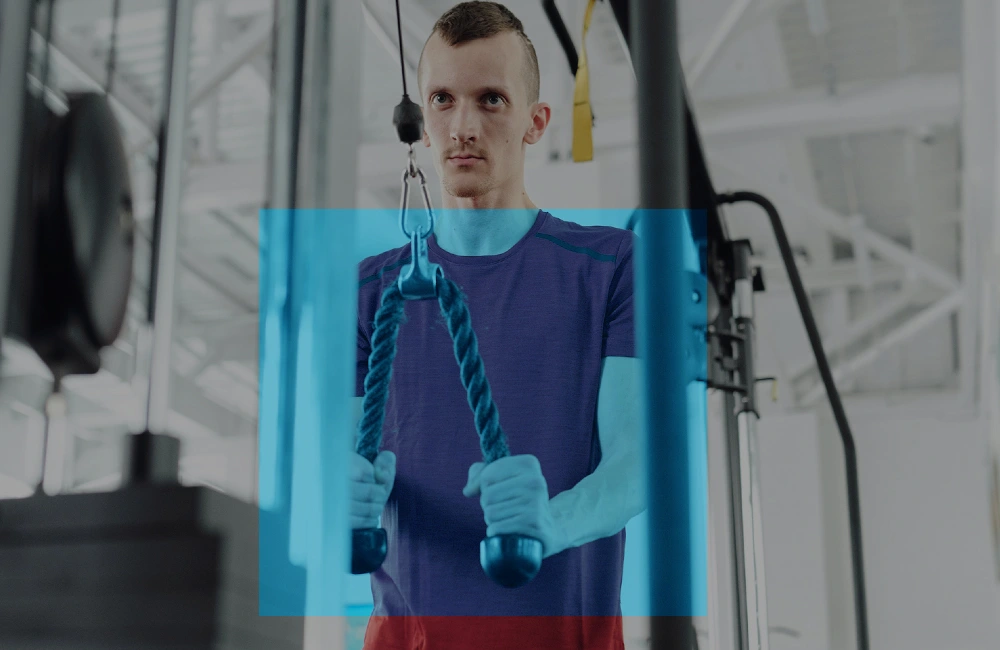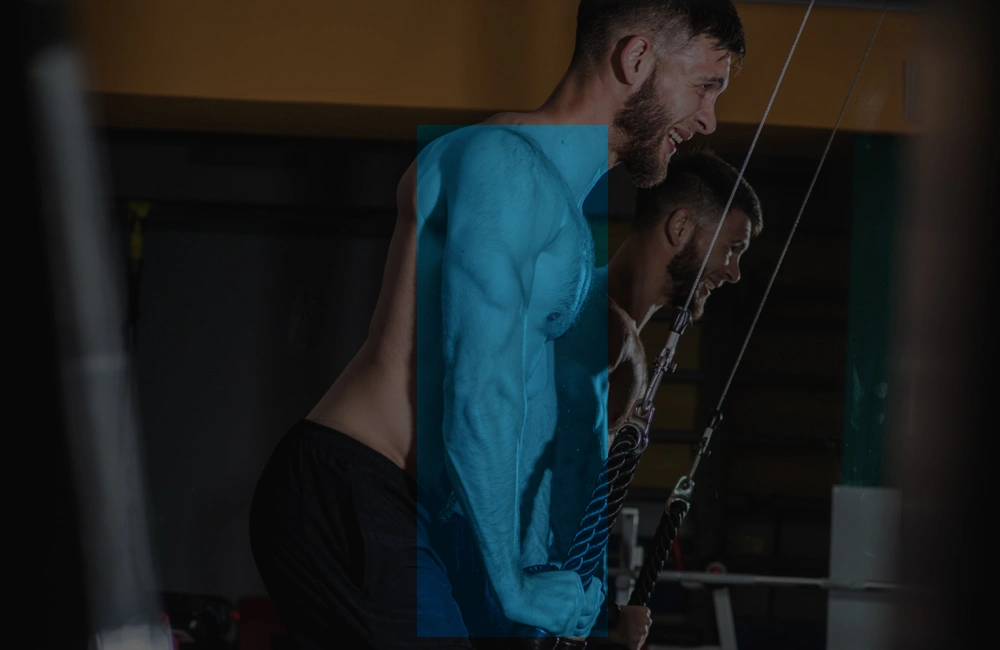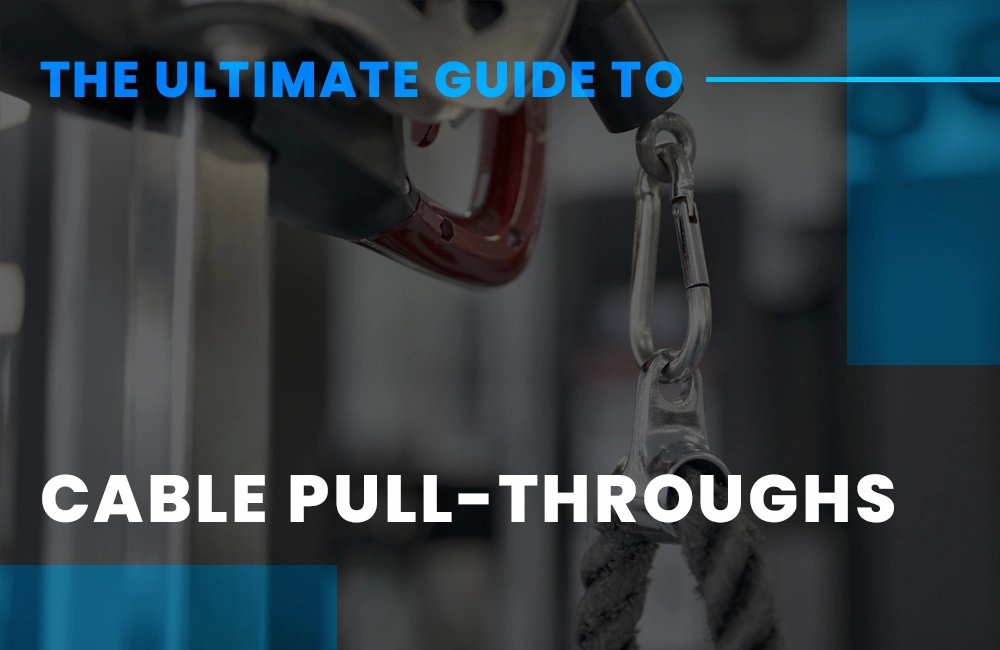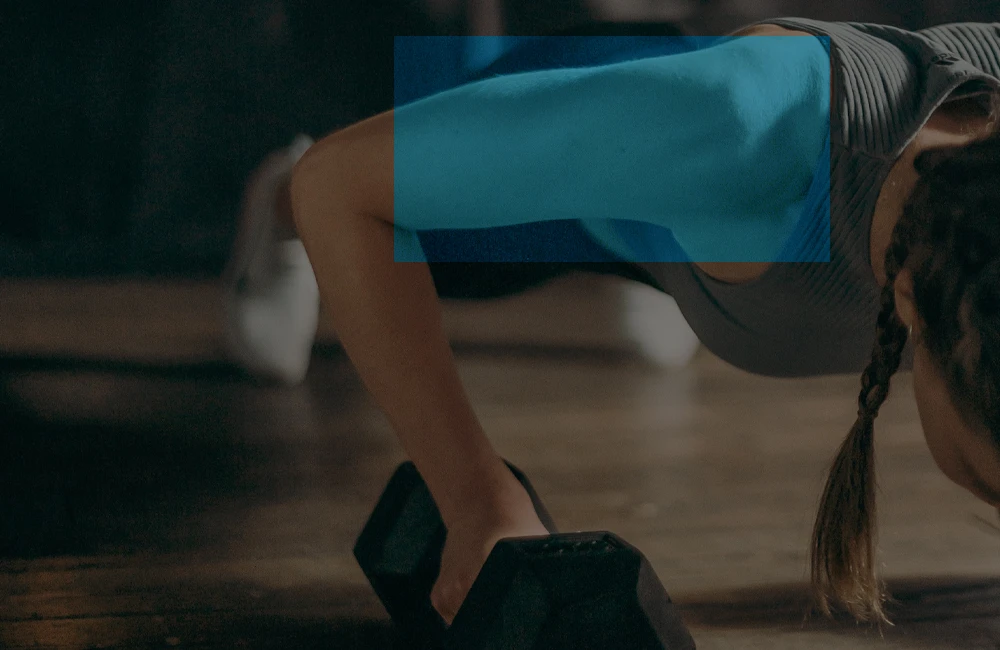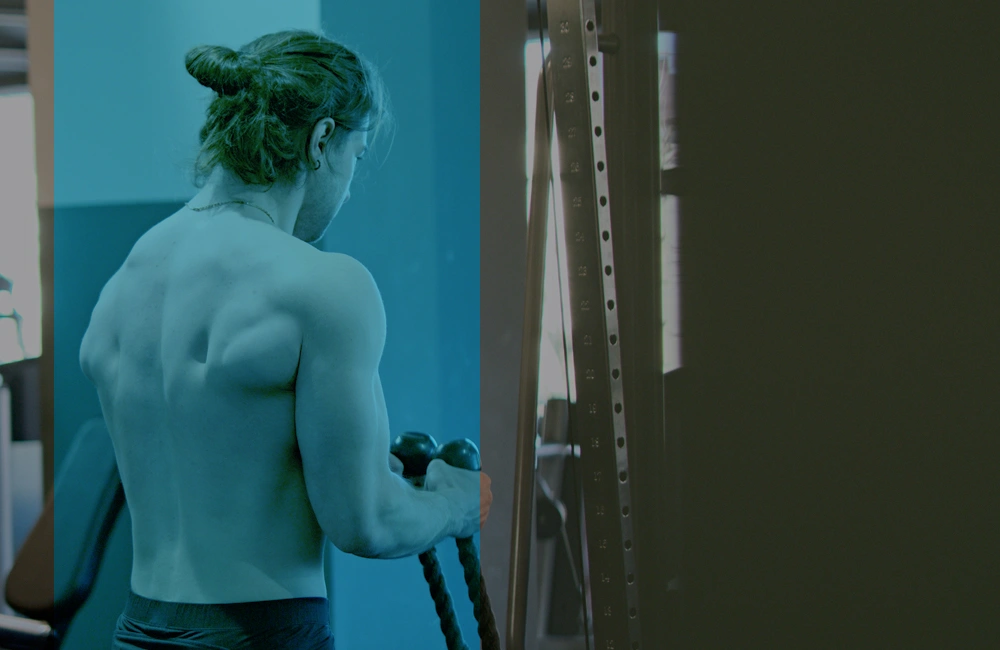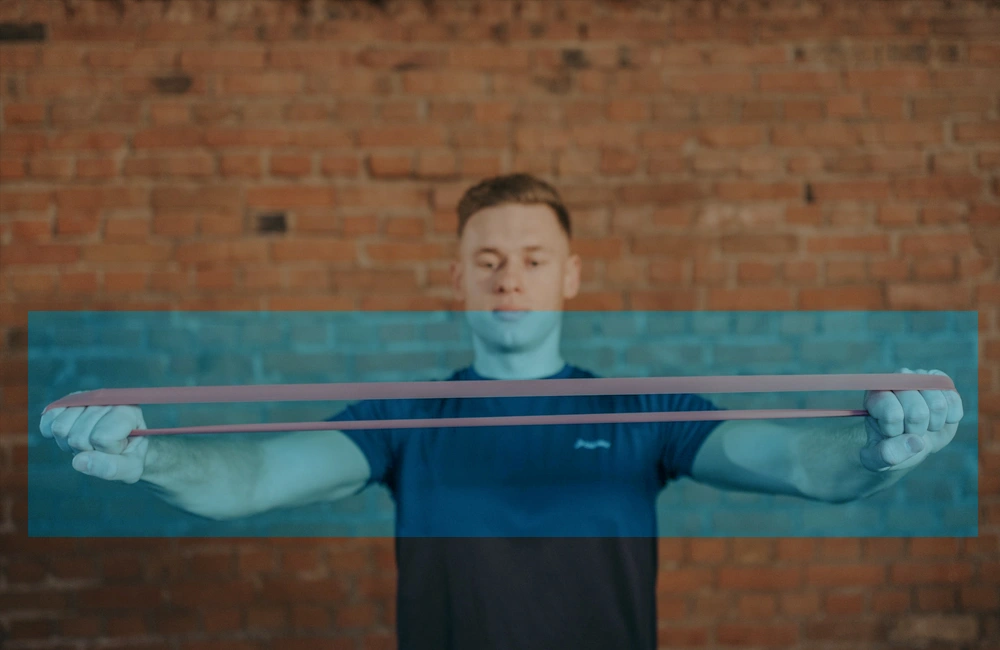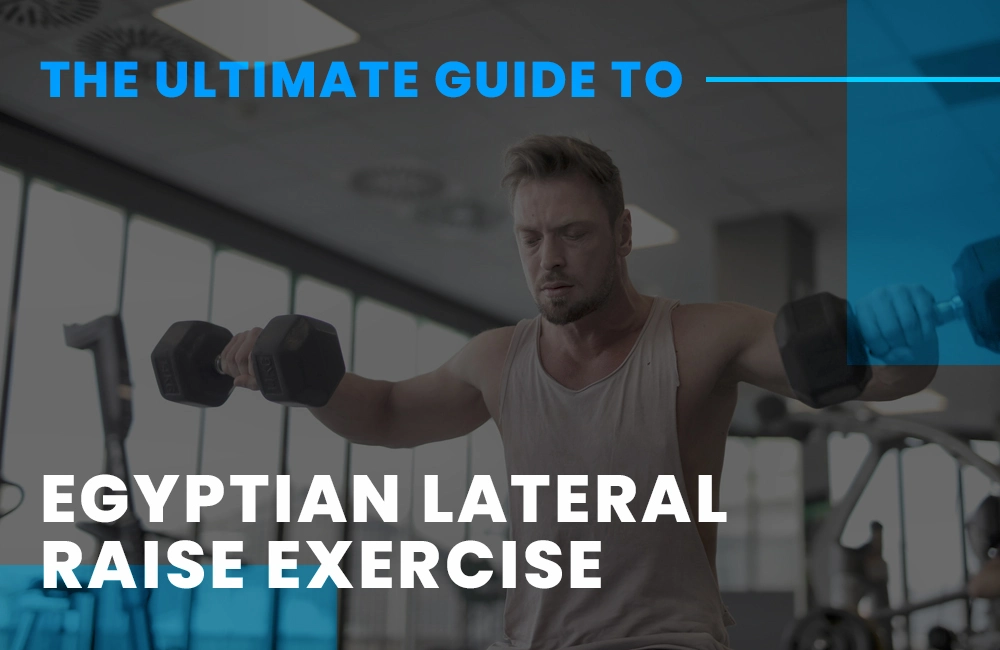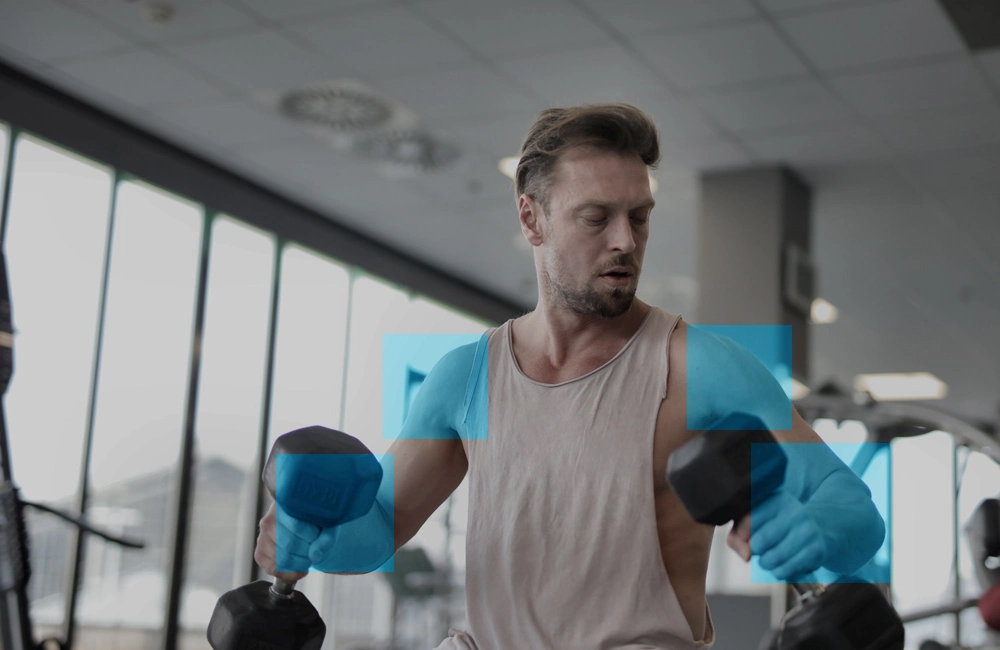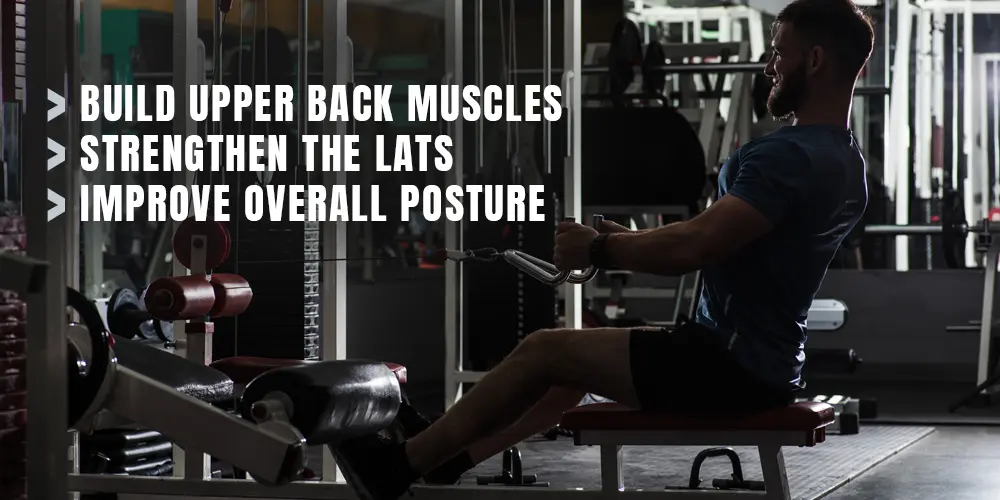The Complete Guide to Cable Press Downs and How They Build Muscle and Improve Performance
What is a Cable Pressdown?
Cable exercises, also known as cable pressdowns, are a type of weight training exercise that involves pulling a cable attachment towards your body.
The cable press down is an isolation exercise that mainly works the triceps and pectoral muscles. The exercise has three variations: a chest press, a fly, and a column press. It also works the biceps to some extent.
In order to perform this exercise, you need to have access to a high pulley machine with adjustable height settings and a weight plate for your desired resistance level. You will also need an EZ-bar or straight bar with heavy plates on the ends if you’re using the chest variation of this exercise.
Cable pressdowns are a popular exercise that can be done anywhere to target your biceps.
A cable press down is an exercise that provides targeted muscle stimulation to the bicep muscles. This exercise is beneficial for weightlifters, bodybuilders, and athletes of various sports who want to develop their arms.
It is not only an arm exercise; it also helps you improve your core strength.
How to Perform a Cable Press down
Set up the cable machine so that the bar is at head height on the table. Get your hands on the bar and take a straight stance, with your back straight and elbows tucked into your sides. If it helps you maintain your balance, stand with your feet hip-width apart, or position one in front of the other if it does.
Pull the cable down until the bar reaches your thighs, then take a moment to clench your triceps at the bottom of the exercise to complete it. Then, carefully bring the bar back to its original position on the floor. Do not allow your elbows to leave your sides or lean forward to assist the press if you do not want to lose part of the emphasis on your triceps throughout the exercise.
Cable Pressdown Variations
Chest Press
It is a weight-training exercise that is intended to build the pectoral muscles in the chest area.
Exercises like the cable press down may be done on a cable machine or with two dumbbells, depending on your preference. There are other variations of the conventional barbell bench press, but this one is particularly effective in strengthening the pectoral muscles.
To strengthen and develop the chest muscles, this exercise may be employed as part of a regular weight-training regimen to help build strength and size in the chest area. The extra advantage of strengthening and growing other upper body muscles, such as the triceps and shoulders, which are involved in lowering and raising weights, is also a benefit of weightlifting.
Cable Rope Pressdowns
Cable rope pressdowns are a great way to exercise your pectoral muscles that are located in the chest. This exercise also targets the triceps, which are the muscles in your arm.
If you’re someone who can’t find time to hit the gym or you want to exercise in your own home, cable rope pressdowns is an excellent alternative. They work out certain muscles and create an intense workout in a short amount of time. Cable rope pressdowns will also help sculpt your arms, giving them definition and muscle definition.
Cable rope pressdowns give you all of these benefits while requiring no equipment other than a piece of cable that is attached to a wall or ceiling beam. The only downside is that they take up more space than most exercises when performed at home because you need room for both
Reverse Grip Triceps Pushdown
The Reverse Grip Triceps Pushdown is a variation of the bench press. It focuses on working for the triceps muscle group more than the chest muscle group.
The person performing this exercise should hold a barbell with both hands, palms up. They raise the weight off of the ground and maintain a straight back posture as they bring it down to their chest or upper stomach area. They then push it back up to their starting position and repeat for as many reps as desired.
Partial Rep Triceps Pushdown
The partial rep triceps pushdown is an exercise that targets the three muscles used in the exercise – the triceps brachii, anterior deltoid, and medial head of the biceps brachii. The muscle groups are worked out by performing a partial rep meaning that you only complete 1/2 of an exercise repetition.
This method is used so your reps are more challenging than they would be if you completed a full repetition. It also helps to prevent injury by not overusing any one muscle group.
Straight Arm Cable Press Down
The straight arm cable press down is a great exercise for developing the front head of the deltoid.
The benefits of this exercise are that it strengthens the front head in a specific, isolated way and it activates almost all muscle groups in your upper arms.
Muscles used: Pectoralis major, anterior deltoid, biceps brachii, triceps brachii
Benefits: Strengthens the front head of the deltoid in a specific, isolated way. Activates almost all muscle groups in your upper arms.
Cable Tricep Press Down
The cable tricep press down is a weight training exercise for the triceps muscle. The triceps muscle is located in the upper arm and is responsible for straightening the elbow joint.
The cable tricep press down targets the long head of the triceps muscle, which is situated on top of your arm and attaches to your shoulder blade. It also targets the other two heads of your triceps muscles -the medial and lateral heads – but they are not targeted to an extent that would warrant them being called out in a workout title.
Single-arm Cable Pressdowns
Single-arm cable pressdowns are one of the main isolation exercises for the triceps. This is a more advanced exercise and should only be attempted by those who have some experience with weight-lifting. If you’re at this level, it’s a good idea to consult with a trainer before performing this exercise.
The benefits of single-arm cable pressdowns are that they isolate muscles and muscles used during the exercise, as well as provide a full range of motion for each set. It can be performed with resistance tubing or free weights.
V-Bar Cable Press Down
Named after its inventor, this exercise is also known as the V-Bar.
The V-Bar Cable Press down is one of the most effective exercises for working out your chest muscles.
This exercise is great for targeting all three of the major muscle groups in the chest: pectoralis major, pectoralis minor, and sternal portions of the pectoralis major.
The benefits of this exercise are that you can work out at your own pace without having to worry about the high impact or requiring a lot of equipment.
Benefits of Cable Pressdowns for Various Kinds of Athletes
Cable pressdowns are a great exercise for muscle growth and strength. They can be done to work out your back, biceps, and shoulder muscles.
Pressing up with cables is good for strengthening your back at the top of the movement. It targets muscles in the upper back, trunk, and arms. This form of pressing down with cables is commonly used by athletes who play sports that require lifting heavy objects overhead like volleyball players or powerlifters.
Pressing down with cables can help strengthen your biceps at the bottom of the movement. This form of pressing down with cables is commonly used by athletes who play sports that require pushing an object away from them like football players or weightlifters.
What is a TNT Cable Pressdown?
TNT Cable Pressdown is an exercise that primarily focuses on the triceps and chest muscles.
The exercise involves lying face down on a bench with one arm straight down while holding a weight in the other hand. The other arm should be bent at the elbow and should be bent behind the head. The movement for this exercise is then to lift the weight using just your triceps while making sure not to move any other body parts, then lower it back down to starting position.
Do cable exercises build muscle?
Using a pulley machine, you may train just one side of your muscles at a time while doing cable workouts with your own body weight. It is often referred to as a “weightlifting alternative,” but can it genuinely help you gain muscle?
Yes. Workouts using cable machines target the same muscles as weightlifting and are an efficient approach to increase muscle growth and strength.
According to research conducted by the Department of Exercise Sciences at the University of Alabama in Birmingham, cable workouts were equally as efficient as weightlifting for increasing muscle growth and strength as traditional exercises. The researchers also discovered that since cable workouts did not place as much stress on the back and shoulders as weightlifting did, they were less likely to cause injuries than weightlifting.
Cable reverse-grip press down targets what muscle?
With the cable reverse-grip press down, you may target different muscle groups for a more diverse exercise. It does not just target the chest, but also the shoulders, elbows, forearms, and hands as well.
All of these muscle groups are targeted by a cable reverse-grip press down, which is performed while doing an overhead arm lift while bending the elbow joint. Your lower arm pulling down on the weight stack acts as a stabilizing force for the shoulder joint.

